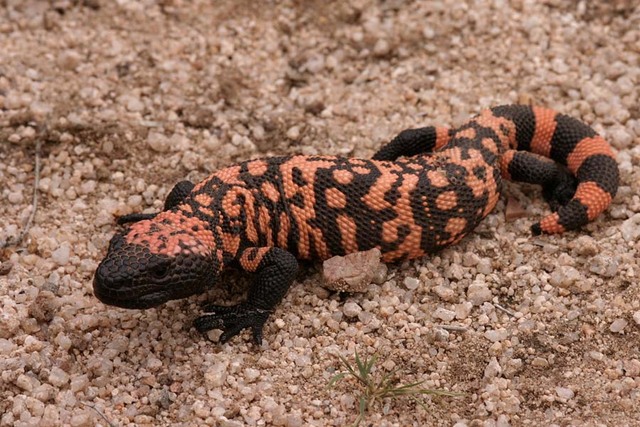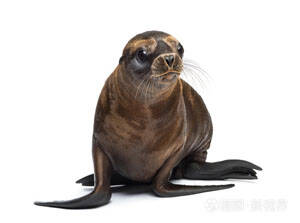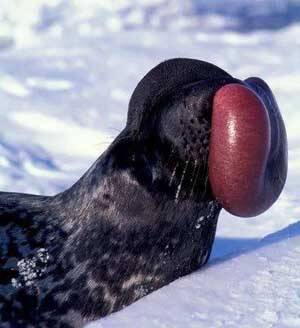
Red Kangaroos
Table of ContentsIntroduction: What are Red Kangaroos?Physical Characteristi···

Heloderma suspectum
Gila Monster, American Gila Monster, Gila Monster,Gila Monster, Blunt-tailed Lizard, Aztec Lizard
The Gila Monster (scientific name: Heloderma suspectum) is also known as the···

Mule
Equus ferus × asinus,Horse mule, donkey mule,Equus mulus Erxleben
Mule (scientific name: Equus ferus × asinus, foreign name: Mule) is the off···

Zalophus californianus
Zalophus californianus,Californian Sea Lion
Californian Sea Lion (scientific name: Zalophus californianus), foreign name···

Cystophora cristata
Cystophora cristata,Hooded seal
Hooded seal (scientific name: Cystophora cristata) is also known as Hooded s···

Phoca vitulina
Phoca vitulina ,Common seal
The scientific name of the harbor seal is Phoca vitulina (Linnaeus, 1758), a···

Phoca caspica
Phoca caspica,Caspian ringed seal, Phoca leucopus
The scientific name of the Caspian seal is Phoca caspica, an animal belongin···

